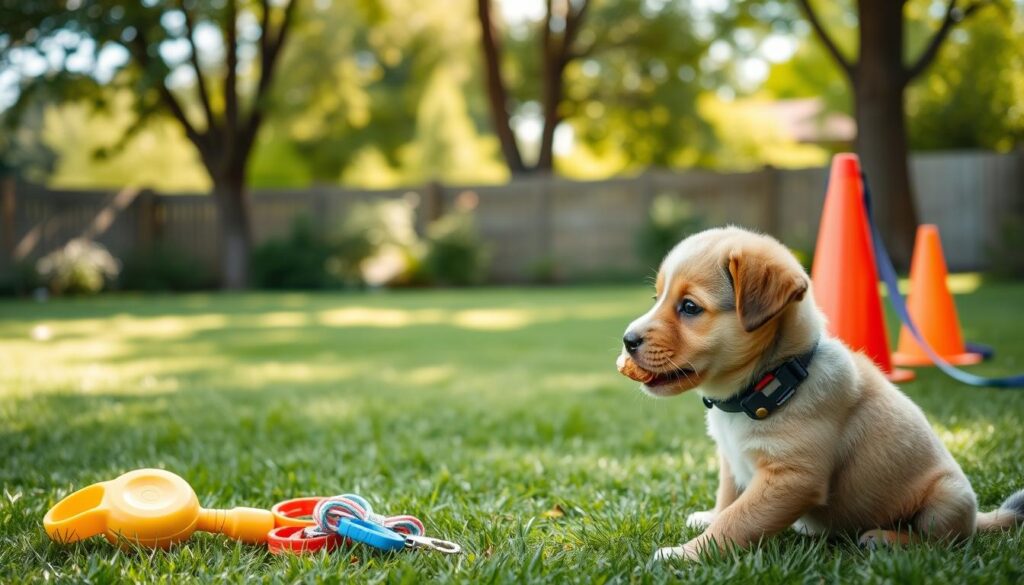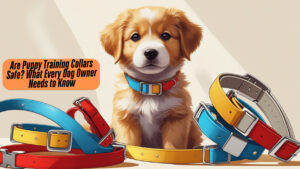Dogs are more than just pets—they’re beloved members of the family. But just like humans, dogs can experience stress, and it’s not always easy to tell when they’re feeling overwhelmed. Recognizing the signs of stress in your dog is crucial for their health and happiness. In this blog post, we’ll explore five common signs that your dog may be stressed and provide practical tips to help them relax.
Understanding Canine Stress
Stress in dogs can manifest in many ways, and it’s often a response to changes in their environment, routine, or health. Common triggers include loud noises (like thunderstorms or fireworks), separation anxiety, moving to a new home, or even a visit to the vet. While some stress is normal, chronic stress can lead to behavioral and health issues, so it’s important to address it early.
5 Signs Your Dog Is Stressed
1. Changes in Behavior
One of the most noticeable signs of stress is a sudden shift in your dog’s behavior. A normally friendly dog might become aggressive, while a typically independent dog might become overly clingy. On the flip side, a social dog might start withdrawing and avoiding interaction. These changes often indicate that your dog is feeling anxious or overwhelmed.

2. Excessive Panting or Drooling
If your dog is panting heavily or drooling excessively without an obvious reason (like heat or exercise), it could be a sign of stress. Stress triggers the body’s “fight or flight” response, which can cause physical symptoms like rapid breathing and increased salivation.
3. Destructive Behavior
Chewing furniture, digging holes, or scratching doors are common signs of stress in dogs. These behaviors are often a coping mechanism for anxiety, especially in dogs who suffer from separation anxiety when left alone.
4. Changes in Appetite
A stressed dog might eat significantly more or less than usual. Some dogs turn to food for comfort, while others lose their appetite altogether. If your dog’s eating habits change suddenly, it’s worth considering whether stress might be the cause.
5. Excessive Grooming or Shedding
Over-grooming, such as constant licking or biting at their fur, can be a sign of stress. This behavior can lead to bald patches, redness, or even skin infections. Similarly, some dogs shed more than usual when they’re stressed.
How to Help Your Dog Relax
1. Create a Safe Space
Every dog needs a quiet, comfortable place where they can retreat when they feel overwhelmed. This could be a cozy corner with their bed, a crate covered with a blanket, or a designated room. Make sure this space is always accessible and free from disturbances.

2. Regular Exercise and Mental Stimulation
Physical activity is a great way to reduce stress in dogs. Daily walks, playtime, and interactive toys can help burn off excess energy and keep your dog mentally stimulated. Puzzle toys or treat-dispensing toys are especially effective for keeping your dog engaged.
3. Calming Techniques
There are many tools and techniques to help calm a stressed dog. Consider using pheromone diffusers, calming sprays, or anxiety wraps. Playing soft music or white noise can also help drown out stressful sounds like thunderstorms or fireworks.
4. Consistent Routine
Dogs thrive on routine, and a predictable schedule can help reduce anxiety. Try to feed, walk, and play with your dog at the same times each day. Consistency provides a sense of security and helps your dog know what to expect.
5. Positive Reinforcement
Reward calm behavior with treats, praise, or affection. This encourages your dog to associate relaxation with positive outcomes. Avoid punishing stressed behaviors, as this can increase anxiety.
Bonus Tip: Consult a Professional

If your dog’s stress seems severe or persistent, it’s a good idea to consult a veterinarian or a certified dog behaviorist. They can help identify underlying causes and recommend tailored solutions, such as training programs or medication if necessary.
Preventing Stress in the Future
Prevention is always better than cure. To minimize stress in your dog’s life, focus on socialization and training from a young age. Expose your dog to different environments, people, and other animals in a positive way. Additionally, pay attention to potential triggers and address them early. For example, if your dog is scared of car rides, gradually acclimate them to the car with short, positive trips.
Conclusion
Recognizing and addressing stress in your dog is essential for their well-being. By understanding the signs of stress and taking steps to help your dog relax, you can strengthen your bond and ensure they live a happy, healthy life. Remember, every dog is unique, so it may take some trial and error to find what works best for your furry friend.





2 Responses
I am glad to be one of many visitors on this outstanding website (:, thanks for posting.
Hey very nice site!! Guy .. Excellent .. Superb .. I’ll bookmark your web site and take the feeds additionallyKI’m satisfied to search out so many useful info here in the post, we want work out extra techniques on this regard, thank you for sharing. . . . . .